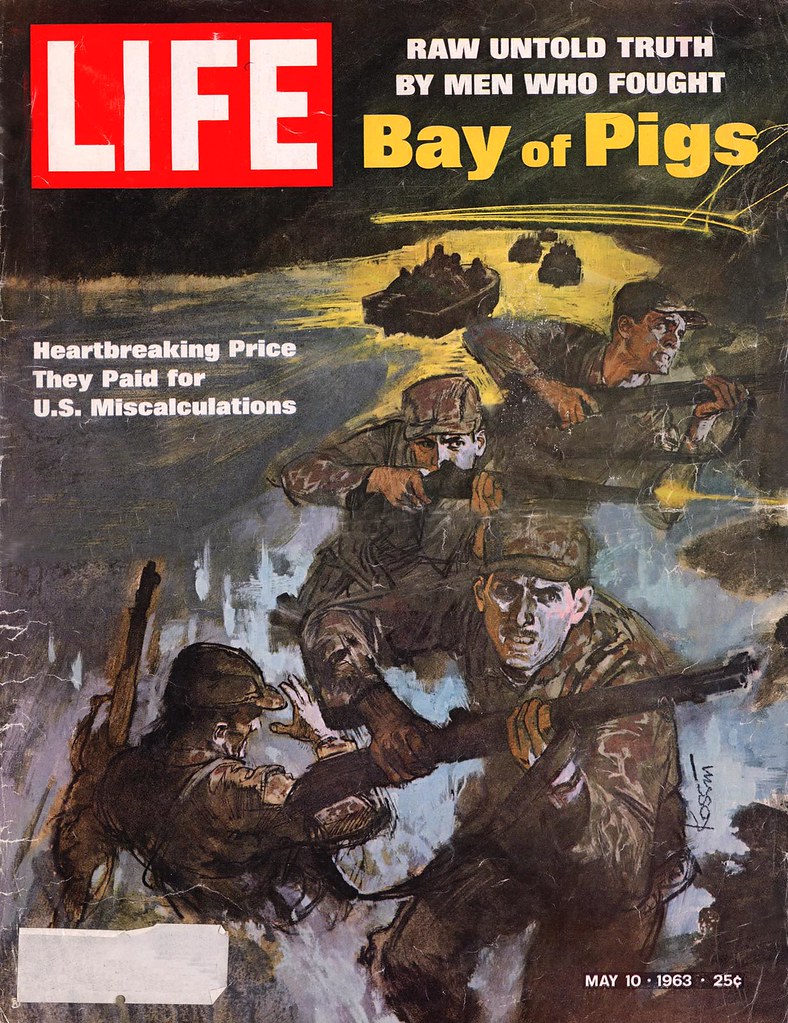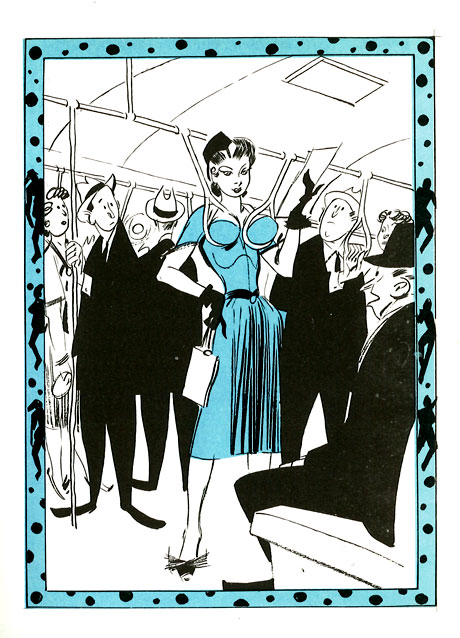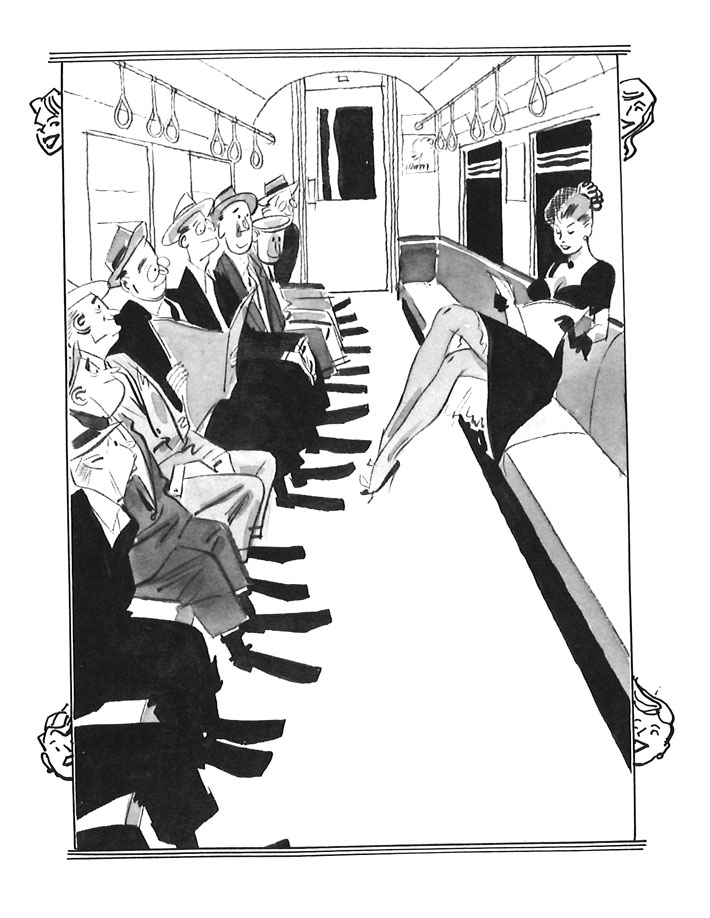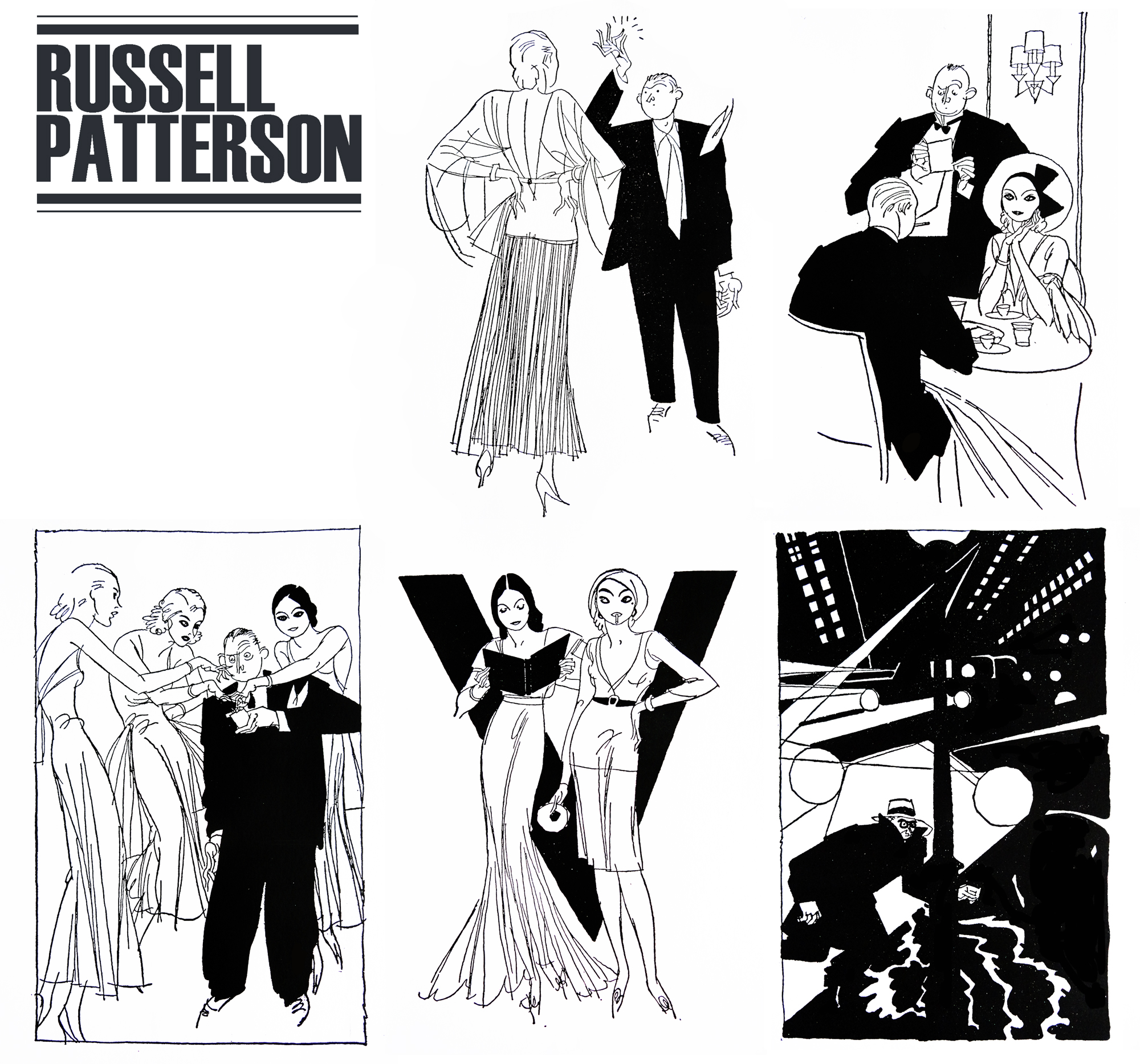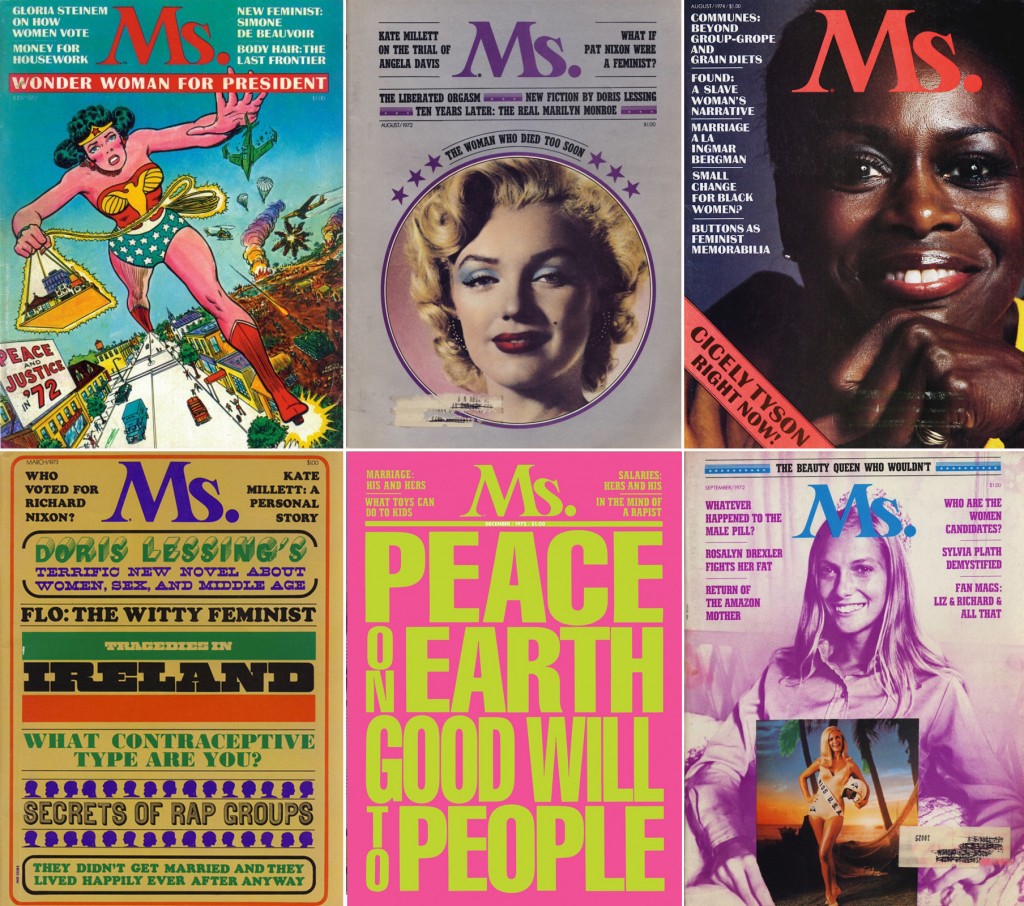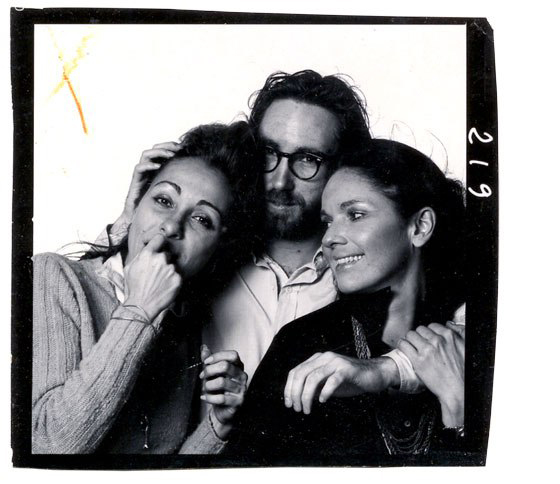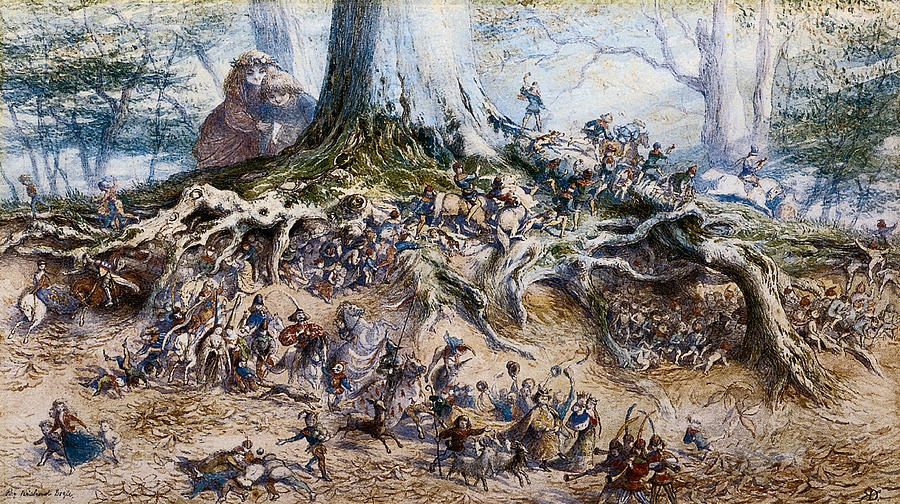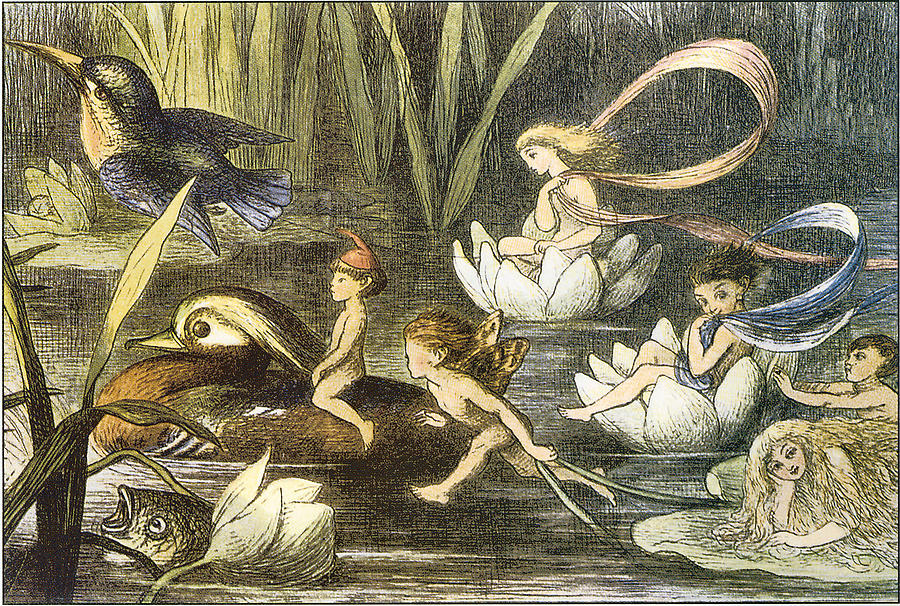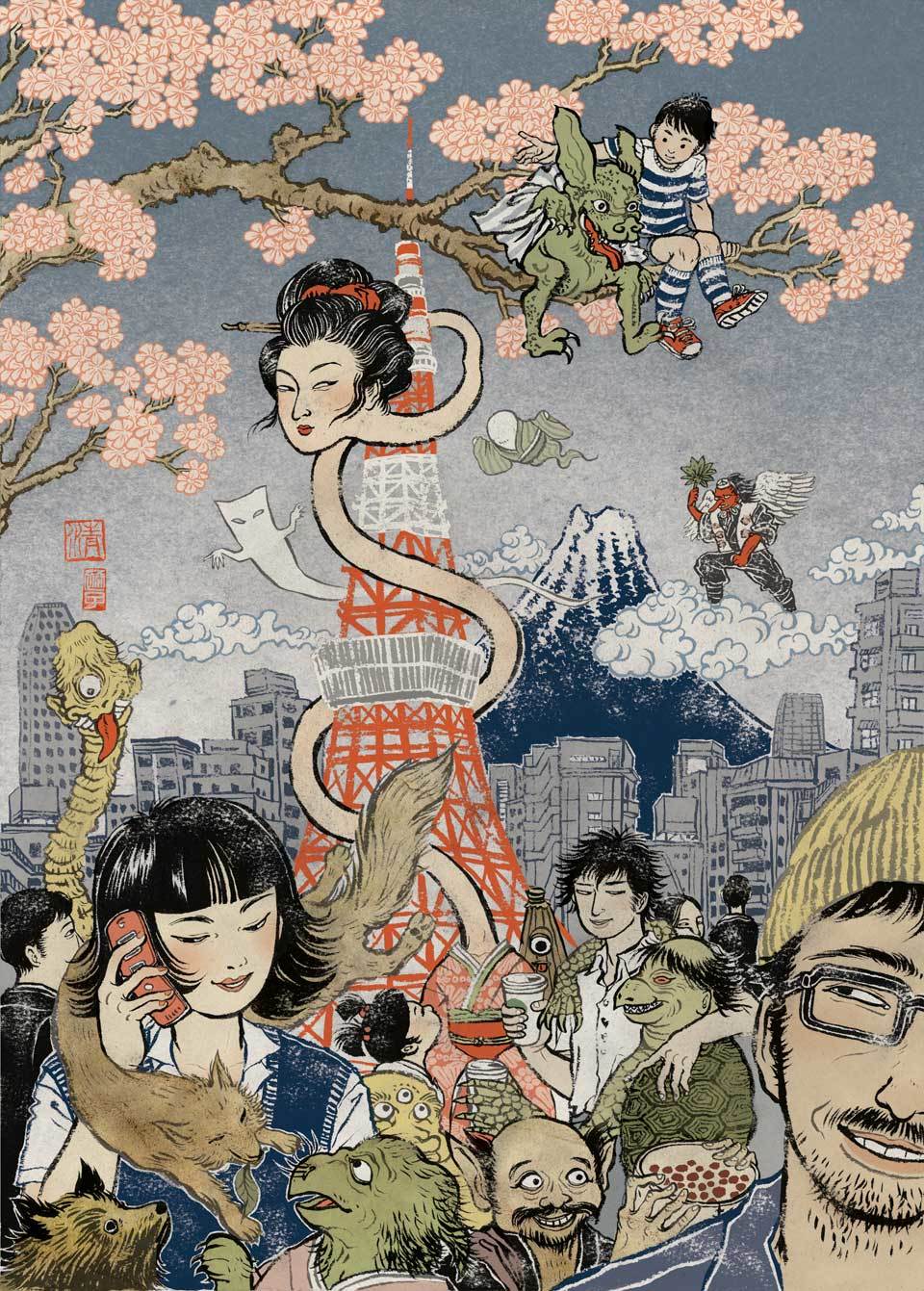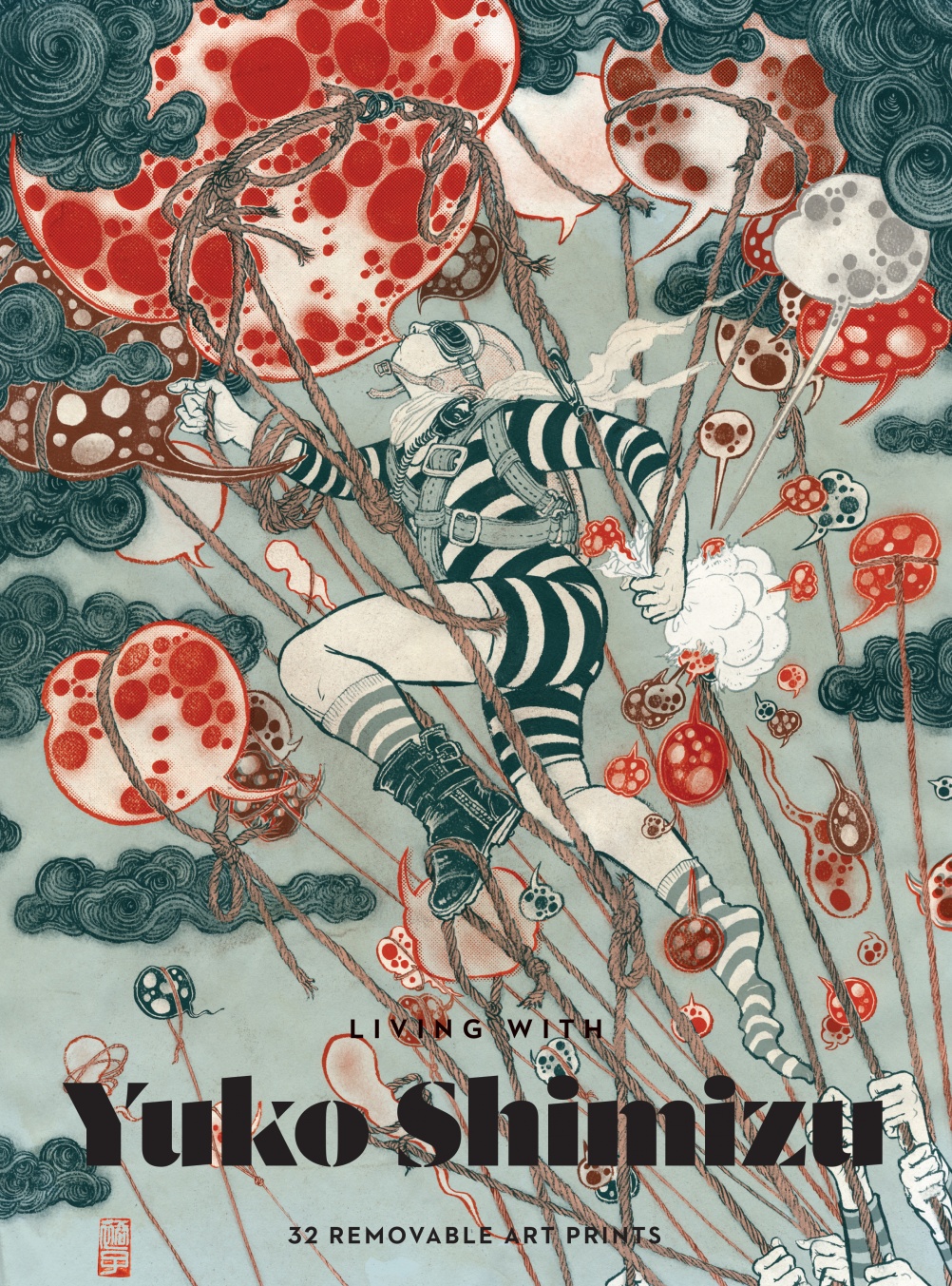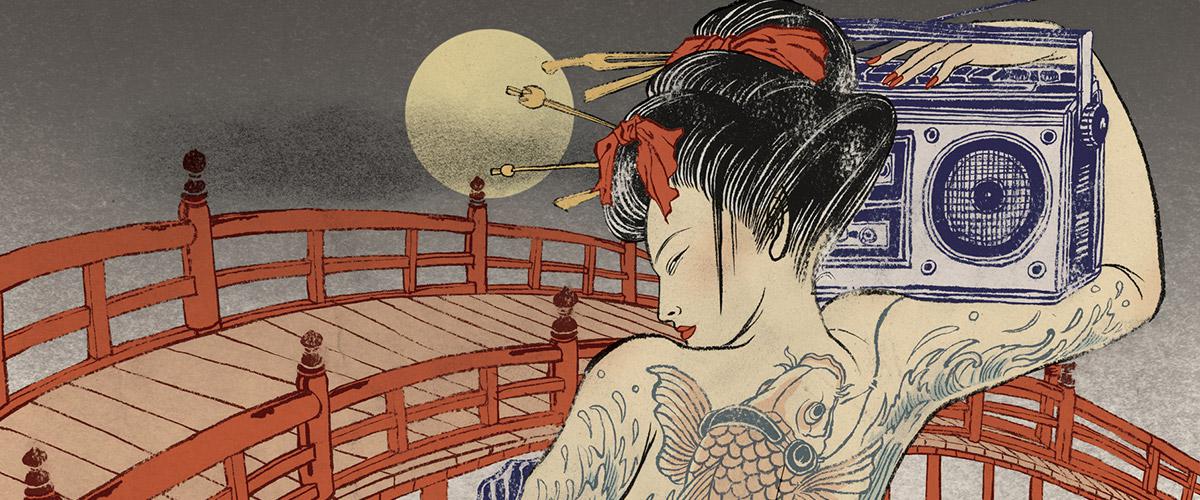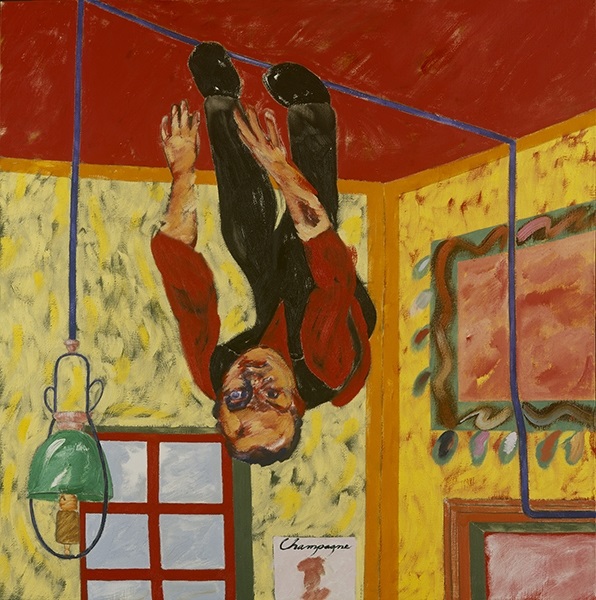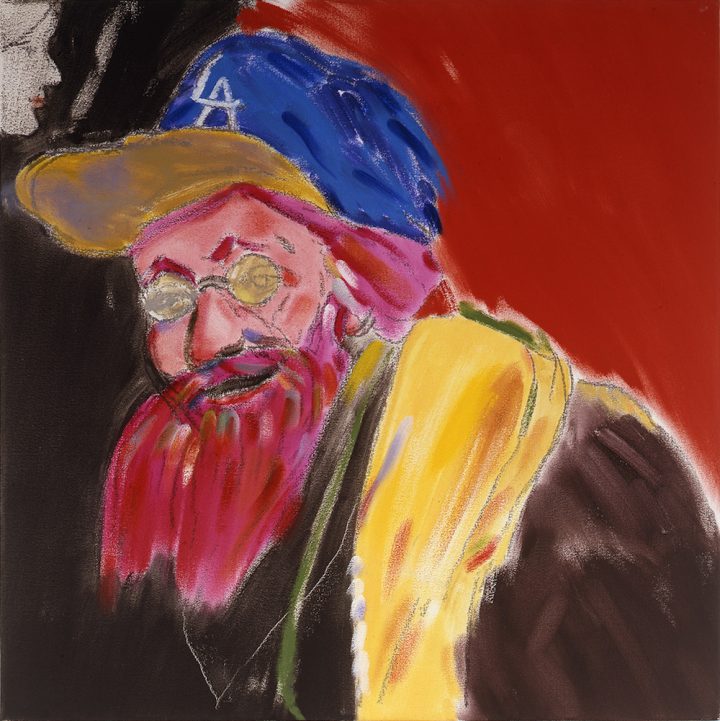“A modern renaissance man — one of a rare breed of intellectual designer-illustrators, who brings a depth of understanding and conceptual thinking, combined with a diverse richness of visual language, to his highly inventive and individualistic work.”
~(miltonglaser.com)
When you think of iconic mid-century design, you think of Milton Glaser. Responsible for some of the most iconic images of North American advertising, Glaser continues to create even today into his late 80’s. He’s the man behind the “I <3 NY” logo, the Bob Dylan poster, and more recently, Trumps famed “Space Force.”
He began to build a name for himself with the co-founding of Pushpin Studios (1954) in collaboration with Seymour Chwast, and would continue the reputation he built for himself by once again cofounding the New York Magazine in 1968. In 1977 he would design the most commonly used logo of all time, the famous I Love NY. Originally Glaser had been bored of the project, not finding a singluar design that did the idea justice, and came to a point where he decided to do the work pro-bono. Thats right, Glaser did not receive a cent for what is now one of the most easily recognizable images in the world. He ended up scrawling down something in the back of a taxi cab and calling it a day.
Glaser boasts a prolific portfolio consisting of almost 400 works, including “posters for Lincoln Centre, Carnegie Hall, Juilliard, the Holocaust Museum… Cooper Union, the Philadelphia Zoo, the 1984 Olympic Games, the Van Gogh Estate… the Metropolitan Opera, Bob Dylan, and others.” (hyperallergic.com)
A short overview of his accomplishments includes, but is not limited to:
- Designing over 50 magazines,
- Remodeled Washington Post, La Vanguardia, O Globo
- Created over 400 promotional pieces in his career
- Graphic and Architectural Design
- 2004 Lifetime Achievement Award
- 2009 National Medal of Arts
In the way of the psychedelic 60’s, Glaser contributed many influential pieces to the world of music. His work for Bob Dylan remains one of his most iconic works, but also proudly owns works for Aretha Franklin, and others. The work is trademarked by his signature limited colour palette, flat, islamic inspired geometry, and countless historical/artistic references that show through each piece. In a modern sense, Glaser showed his expertise in the realm of 60’s design when he created the graphics for the final season of Mad Men, debuting in 2015.
Although one would typically end a post like this with the classic “In summary…” it’s hard to put the works of Milton Glaser in to a few simple sentences. Only a small part of his career has been covered in this post, and there are years and years worth of revolutionary design that comes with the name “Milton” attached to it. He is often regarded as one of the most influential designers to date, and for good reason. He is equal to the likes of Saul Bass, Paul Rand, Peter Saville, and others, and will always be regarded as a pioneer of modern design, as well as what it means to be a working creator.
Sources:
https://www.miltonglaser.com/milton/#3
https://en.wikipedia.org/wiki/Islamic_art
https://www.fastcompany.com/90211323/designer-milton-glaser-nailed-the-logo-for-trumps-space-force
https://frieze.com/article/aretha-franklin-honoured-national-portrait-gallery-milton-glaser-work
http://www.pushpininc.com/gallery/original-illustration/
https://en.wikipedia.org/wiki/I_Love_New_York
http://www.miltonglaser.com/files/milton-16279-93.jpg
https://www.miltonglaser.com/thumbs/665×408/files/far/WHO-3807.jpg
https://www.miltonglaser.com/the-work/565/rubin-museum-of-art-logo-sketches/
https://www.miltonglaser.com/the-work/565/rubin-museum-of-art-logo-sketches/
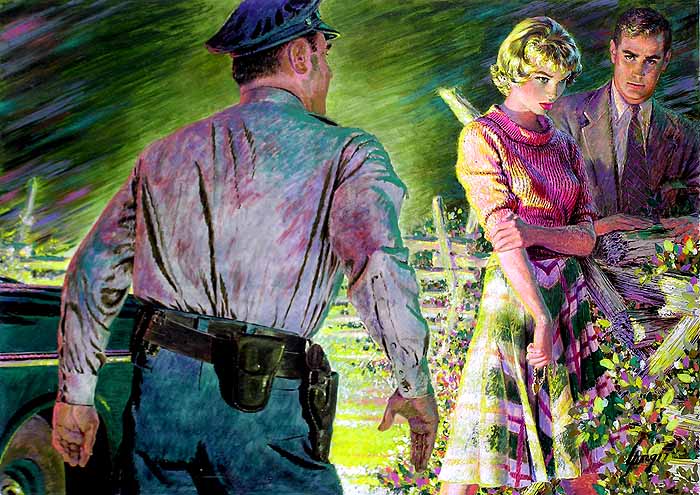
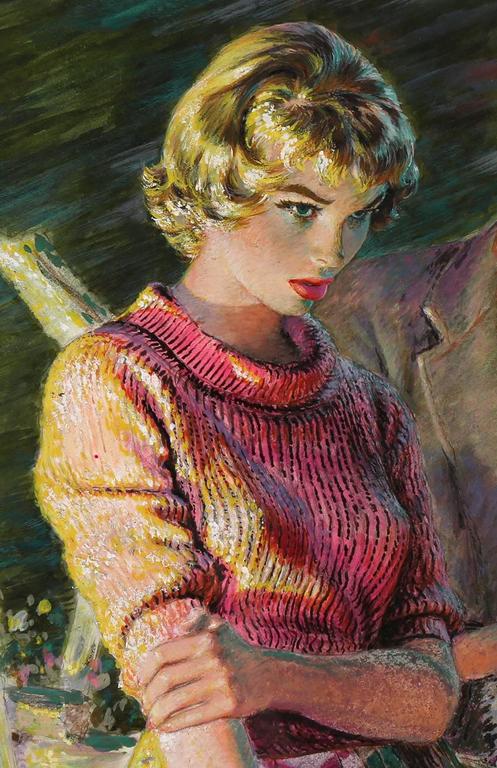
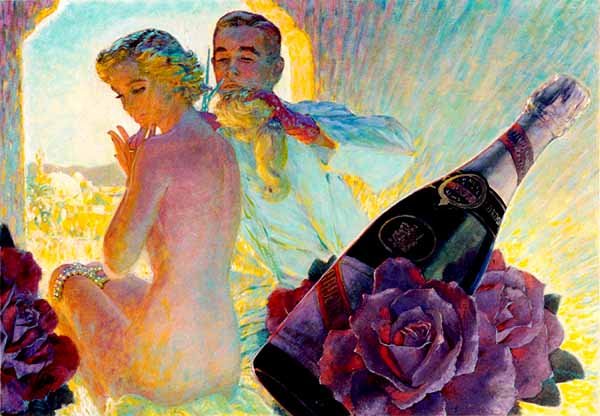
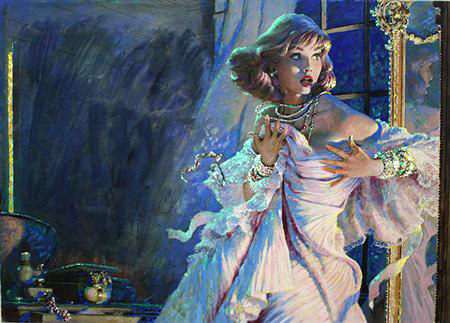







:focal(536x587:537x588)/https://public-media.si-cdn.com/filer/36/4a/364a861f-9f2f-43d5-810b-006b2b3ba2d0/kewpies-woman-suffrage-voting-kewpie-korner2.jpg)

